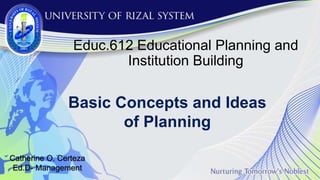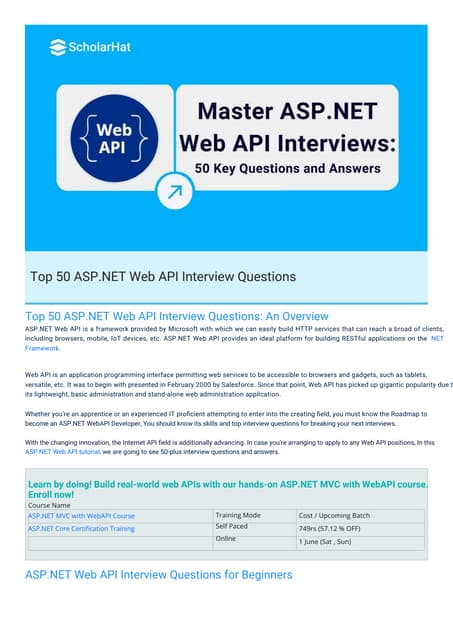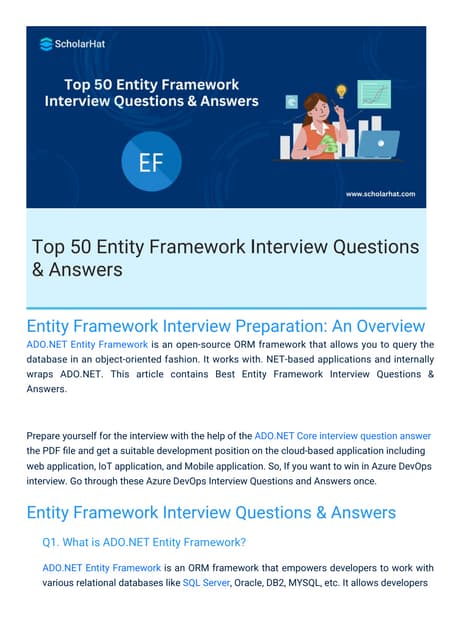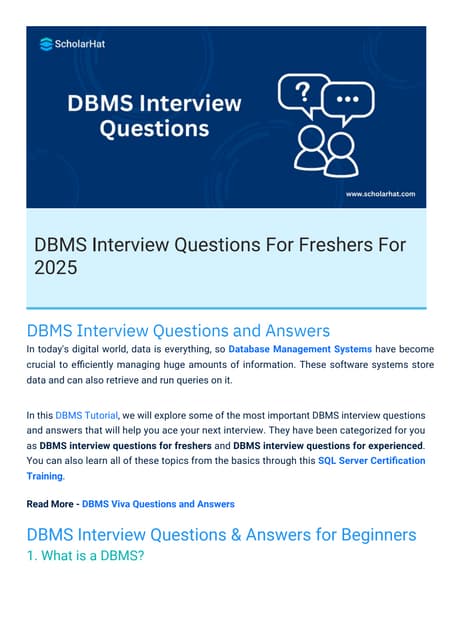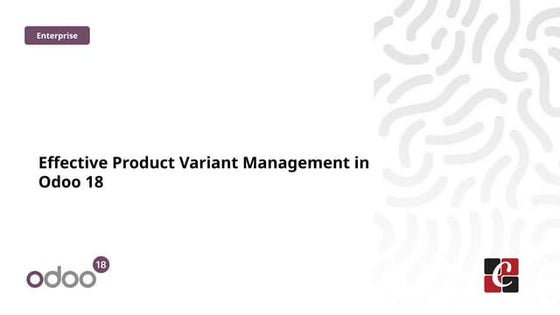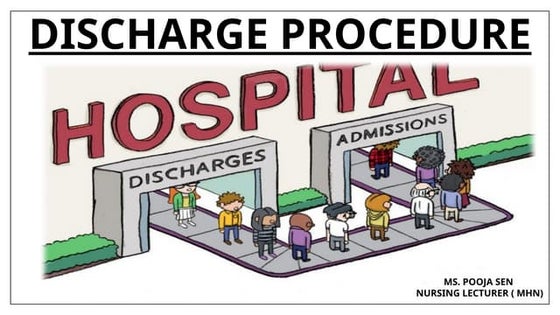ED612_Basic Ideas and Concepts Planning EdD
- 1. Basic Concepts and Ideas of Planning Educ.612 Educational Planning and Institution Building Catherine O. Certeza Ed.D- Management
- 2. What is Planning? Planning is the process by which an individual or organization decides in advance on some future course of action (Omran, 2002, p. 68). Planning is the process of determining how the organization can get where it wants to go (Certo, 2000, p.126). Planning involves selecting from among alternative future courses of actions for the organization as a whole and for every department or section within it. (Cook, Hunsaker, Coffey, 199, p. 16)
- 3. What are the words related to Planning? ŌĆó preparation(s) ŌĆó organization ŌĆó arrangement ŌĆó Forethought ŌĆó groundwork ŌĆó designing ŌĆó drafting ŌĆó working out ŌĆó setting up
- 4. According to Oxford languagesŌĆ” ŌĆó the process of making plans for something. ŌĆó decide on and arrange in advance.
- 5. Based on Collins Dictionary Planning is the process of deciding in detail how to something before you to do it.
- 6. ŌĆó Planning is the foundation of all management ŌĆó Organize ŌĆó Lead and Control ŌĆó integrate and coordinate activities, ŌĆó verbalized or written
- 7. Nature of Planning ŌĆó The essential of planning can be highlighted by the Four Major Aspects of Planning ’āśContribution to purpose and Objectives ’āśPrimacy of Planning ’āśPervasiveness of planning ’āśEfficiency of plans
- 8. A. Contribution to Purpose and Objectives: ŌĆó The purpose of every plan and all derivative plans is to facilitate the accomplishment of enterprise purpose and objectives.
- 9. Contribution to Purpose and Objectives: This was emphasized by Koontz when he said: "Plans alone can not make an enterprise successful. Action is required; the enterprise must operate. Plans can, however, focus on purposes. They can forecast which actions will tend toward the ultimate objective, which tend away, which will likely offset one another, and which are merely irrelevant. Managerial planning seeks to achieve a consistent, coordinated structure of operations focused on desired ends. Without plans, action must become merely random activity, producing nothing but chaos." (Koontz et al., 1980, p. 157).
- 10. B. Primacy of Planning: ŌĆó Planning is the primary management function, the one that precedes and is the basis for the organizing, influencing, staffing, leading and controlling functions of managers.
- 11. Figure 1.1; Planning precedes all other managerial functions Plan objectives and how to achieve them What kind of organization structure? What kind of people we need and when? How most effectively to lead and direct people? By furnishing standards of control
- 12. Although all the functions intermesh in practice as a system of action, planning is unique in that it establishes the objectives necessary for all group effort. Besides, plans must be made to accomplish these objectives before the manager knows what kind of organization relationships and personal qualifications are needed, along which course subordinates are to be directed and led, and what kind of control is to be applied. And, of course, all the other managerial functions must be planned if they are to be effectiveness.
- 15. C. Pervasiveness of Planning: Planning is a function of all manages, although the character and breadth of planning will vary with their authority and with the nature of policies and plans outlined by their superiors. It is virtually impossible to circumscribe the area of choice where they can exercise no discretion, and unless they have some planning responsibility, it is doubtful that they are truly managers.
- 16. ŌĆó Recognition of the pervasiveness of planning goes far in clarifying the attempt on the part of some students of management to distinguish between policy making (the setting of guides for thinking in decision making and administration), or between the"manager" and the administrator" or "supervisor".
- 18. D. Efficiency of Plans: The efficiency of a plan is measured by the amount it contributes to purpose and objectives as offset by the costs and other unsought consequences required to formulate and operate it. A plan can contribute to the attainment of objectives, but at too high or unnecessarily high costs. This concept of efficiency implies the normal ratio of input to output but goes beyond the usual understanding of inputs and outputs in term of pounds, labor hours, or units of production to include such value as individual and group satisfactions.
- 19. ŌĆó Plans may also become inefficient in the attainment of objectives by jeopardizing group satisfactions.
- 20. The nature of planning can be figured out from these four major aspects of planning: ŌĆó a. Contribution to purpose and objectives, ŌĆó b. Primacy of planning, ŌĆó c. Pervasiveness of planning, and ŌĆó d. Efficiency of plan
- 21. Types of Plan ŌĆó Plans commit the various resources in an organization to specific outcomes for the fulfillment of future goals. Many different types of plans are adopted by management to monitor and control organizational activities. Three such most commonly used plans are hierarchical, frequency-of-use (repetitiveness) and contingency plans.
- 23. STRATEGIC (WHY) PLAN - It's all about leadership! ŌĆó Strategic plans are all about why things need to happen. It's big picture, long-term thinking. It starts at the highest level with defining a mission and casting a vision. ŌĆó Who are we? Where are we? ŌĆó Who do want to be? Where do we want to go? ŌĆó How do we get there? When do we want to be there?
- 24. OPERATIONAL (HOW) PLAN - It's all about management! ŌĆó Operational plans are about how things need to happen. Guidelines of how to accomplish the mission are set. ŌĆó How (generally) we will do it. ŌĆó How (generally) we will not do it. ŌĆó How (generally) to handle exceptions. ŌĆó How (generally) to handle unexpected situations.
- 25. 3. TACTICAL (WHAT) PLAN - It's all about execution (leadership & management)! ŌĆó Tactical plans are about what is going to happen. Basically at the tactical level, there are many focused, specific, and short-term plans, where the actual work is being done, that support the high-level strategic plans. ŌĆó What needs to happen at each level, each day, to support the strategic plan ŌĆó What needs to happen in each department, each day, to support the strategic plan ŌĆó What does each team member need to do, each day, to support the strategic plan ŌĆó Lead Measures (tactical plan objectives) move the organization toward the Lag Measures, the goal (strategic plan objectives). Lead measures are both predictable and influenceable.
- 26. What is the importance of planning?
- 27. The planning function has four important goals: a) To offset uncertainty and change. b) To focus attention on objectives, c) To gain economical operation, and d) To facilitate control.
- 28. Why planning is important?
- 29. The Importance of Planning a) To Offset Uncertainty and Change Organizational planning has two purposes: protective and affirmative. The protective purpose of planning is to minimize risk by reducing the uncertainties surrounding business conditions and clarifying the consequences of related management actions. The affirmative purpose is to increase the degree of organizational success.
- 30. ŌĆó Future uncertainty and change make planning a necessity. ŌĆó Just as the navigator cannot set a course once and forget about it, so the business manager cannot establish a goal and let the matter rest. The future is seldom very certain, and the further in the future the results of a decision must be considered, the less the certainty.
- 31. b) To Focus Attention on Objectives Because all planning is directed toward achieving enterprise objectives, the very act of planning focuses attention on these objectives. Considered overall plans unify interdepartmental activities. Managers, being typically immersed in immediate problems, are forced through planning to consider the future and even consider the periodic need to revise and extend plans in the interest of achieving their objectives.
- 32. c) To Gain Economical Operation ŌĆó Planning minimizes costs because of the emphasis on efficient operation and consistency. It substitutes joint directed effort for uncoordinated piecemeal activity, even flow of work for uneven flow, and deliberate decisions for snap judgments.
- 33. Read and think about this statement "After I leave my office at five O'clock in the evening, I will not care what happen today, for I can not do anything about it; I will only care about what will happen tomorrow or the next day or next year, because I can do something about it."
- 34. d) To Facilitate Control ŌĆó Managers can not check on their subordinate accomplishments without having planned goals against which to measure. There is no way to measure control without plans to use as standards
- 35. It helps in the establishment of organizational direction It helps as a measurement of the accomplishment It pushes managers to coordinate their decisions It emphasizes on the organizational objectives It enhaces the decision making process It helps angers to be the future oriented The benefits and importance of planning
- 36. Principles as guidelineŌĆ”. 1. Principle of contribution 2. Principle of Sound and Consistent Premising 3. Principle of Coordinated Planning 4. Principle of Commitment 5. Principle of Timing 6. Principle of Flexibility 7. Principle of Limiting factors 8. Principle of Acceptance 9. Principle of Efficiency 10.Principle of Navigational Change
- 37. Principle of Contribution: The purpose of planning is to ensure the effective and efficient achievement of corporate objectives, in- fact, the basic criteria for the formulation of plans are to achieve the ultimate Objectives of the company.
- 38. ’āśPrinciple of Sound and Consistent Premising: Premises are the assumptions regarding the environmental forces like economic and market conditions, social, political, legal and cultural aspects, competitors actions, etc. These are prevalent during the period of the implementation of plans.
- 39. ’āśPrinciple of Coordinated Planning: Long and short-range plans should be coordinated with one another to form an integrated plan, this is possible only when latter are derived from the former. i.e. implementation of one plan should contribute to all the other plans, this is possible only when all plans are consistent with one another and are viewed as parts of an integrated corporate plan.
- 40. ’āśPrinciple of Efficiency: Cost of planning constitute human, physical and financial resources for their formulation and implementation as well. ’āśMinimizing the cost and achieving the efficient utilization of resources shall has to be the aim of the employee satisfaction and development, and social standing of the organization are supposed to be considered while calculating the cost and benefits of plan.
- 41. ’āśPrinciple of Limiting factors : The limiting factors are the lack of motivated employees, shortage of trained personnel, shortage of capital funds, government policy of price regulation, etc. ’āśThe company requires to monitor all these factors and need to tackle the same in an efficient way so as to make a smooth way for the achievement of its ultimate objectives.
- 42. ’āśPrinciple of Acceptance: Plans should be understood and accepted by the employees, since the successful implementation of plans requires the willingness and cooperative efforts from them. ’āśCommunication also plays a crucial role in gaining the employee understanding and acceptance of the plans by removing their doubts and misunderstanding about the plans also their apprehensions and anxieties about consequences of plans for achievement of their personal goal.
- 43. ’āśPrinciple of Timing: Number of major and minor plans of the organization should be arranged in a systematic manner. The plans should be arranged in a time hierarchy, initiation and completion of those plans should be clearly determined.
- 44. ’āśPrinciple of Flexibility: Plans are supposed to be flexible to favor the organization to cope-up with the unexpected environments. It is always required to keep in mind that future will be different in actuality. Hence companies, therefore, require to prepare contingency plans which may be put into operation in response to the situations.
- 45. ’āśPrinciple of Commitment: A commitment is required to carry-on the business that is established. The planning shall has to be in such a way that the product diversification should encompass the particular period during which entire investment on that product is recovered.
- 46. ’āśPrinciple of Navigational Change: Since the environment is always not the same as predicted, plans should be reviewed periodically. This may require changes in strategies, objectives, policies and programmers of the organization. The management should take all the necessary steps while reviewing the plans so that they efficiently achieve the ultimate goals of the organization.
- 49. ŌĆó "Superior leadership is often a matter of superb instinct." ~ Colin Powell
- 51. References ŌĆó chrome- extension://efaidnbmnnnibpcajpcglclefindmkaj/http://www.pathways.cu.edu.eg/su bpages/downloads/Planning_Chapter_1.pdf ŌĆó https://www.linkedin.com/pulse/3-major-types-plans-especially-lean-thinkers- mack-story/ ŌĆó https://www.tutorialspoint.com/management_principles/management_principles_t ypes_plans.htm ŌĆó /vishakhashrivastava3/principle-of-planning ŌĆó https://www.google.com/search?q=teamwork ŌĆó https://www.mbaofficial.com/mba-courses/principles-of-management/briefly- explain-the-principles-of-planning/ ŌĆó https://www.google.com/search?q=Planning+is+the+foundation+of+all+managem ent.&oq=Planning+is+the+foundation+of+all+management
